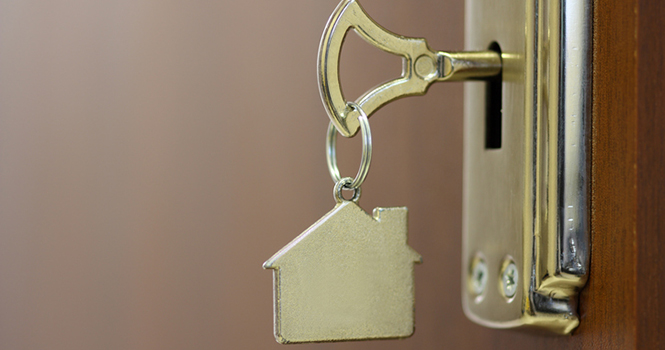The homeownership rate clung to 63.6 percent in the first quarter of 2017, virtually unchanged from 63.7 percent the quarter prior and 63.5 percent the year prior, according to the U.S. Census Bureau’s recent Quarterly Housing Vacancies and Homeownership report. Will it ever budge?
The answer, potentially, lies in a different statistic. An analysis of the Census report by Trulia determined that owner households formed at double the rate of renter households in the first quarter—a clue that points to the possibility of a kickstart this year.
“Strong renter formation is one of the reasons why the homeownership rate has continued to drop since the onset of the housing crisis, so any sign this trend is reversing is something to take note of,” wrote Ralph McLaughlin, chief economist at Trulia.
One of the major impediments to homeownership is the inability for renters to afford a down payment—in fact, 70 percent of renters recently surveyed by Zillow said saving for a down payment is more of an issue than debt on the path to becoming a homeowner.
The Midwest held the highest homeownership rate in the first quarter, at 67.6 percent, while the West held the lowest at 59 percent, the Census report shows. Homeownership rates in the first quarter were also highest among homeowners aged 65 and older, at 78.6 percent, and lowest for homeowners aged 35 and younger, at 34.3 percent.
Non-Hispanic White Alone* homeowners, as defined by the Census, held the highest homeownership rate in the first quarter, as well: 71.8 percent. Asian, Native Hawaiian and Pacific Islander Alone homeowners held the second-highest rate at 56.8 percent. Black Alone homeowners held the lowest rate at 42.7 percent—though still higher than the year prior.
The Hispanic homeownership rate in the first quarter, according to the report, was 46.6 percent. The Hispanic rate markedly rose for the second straight year in 2016—a trend against the current par for the course.
The homeowner vacancy rate came in at 1.7 percent in the first quarter, while the renter vacancy rate came in at 7 percent, the Census report shows. Homeowner vacancy rates were highest outside metropolitan statistical areas (MSAs) and inside principal cities at 2.2 percent, followed by in suburbs at 1.3 percent. Renter vacancy rates were also highest outside MSAs at 8.7 percent, followed by inside principal cities at 7 percent and in suburbs at 6.5 percent.
According to the report, 87.3 percent of housing was occupied in the first quarter, with 55.5 percent owner-occupied and 31.8 percent renter-occupied. The median asking sales price for vacant for sale housing in the first quarter was $176,900. The median asking rent for vacant for rent housing, over the same period, was $864.
*The concept “race alone” includes people who reported a single race alone (e.g., Asian) as opposed to more than one race.
Source: U.S. Census Bureau
For the latest real estate news and trends, bookmark RISMedia.com.











